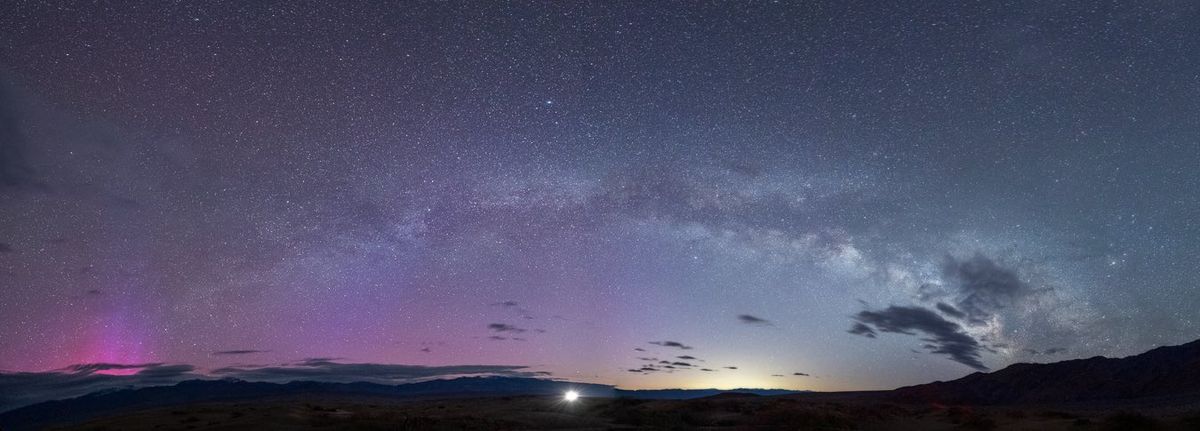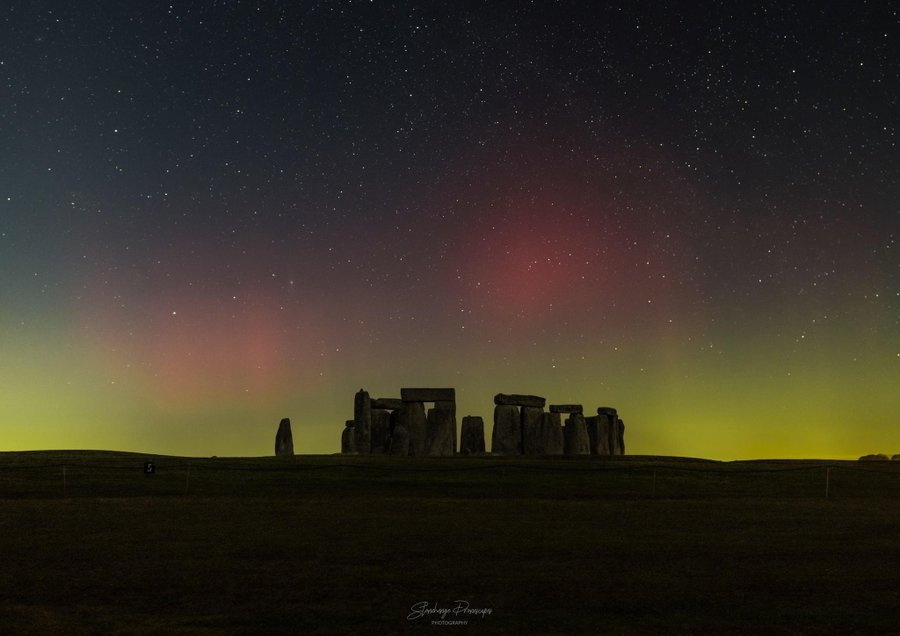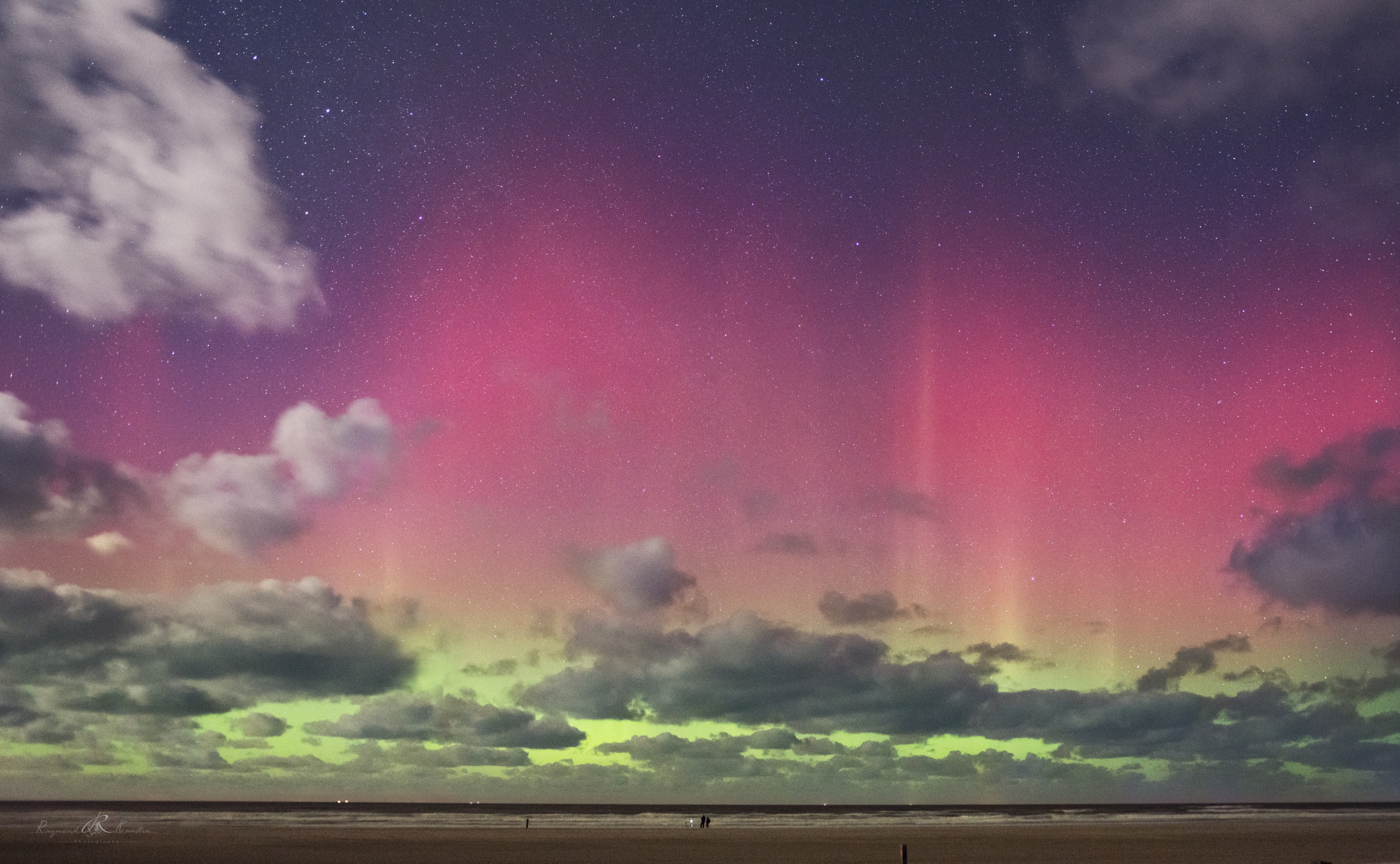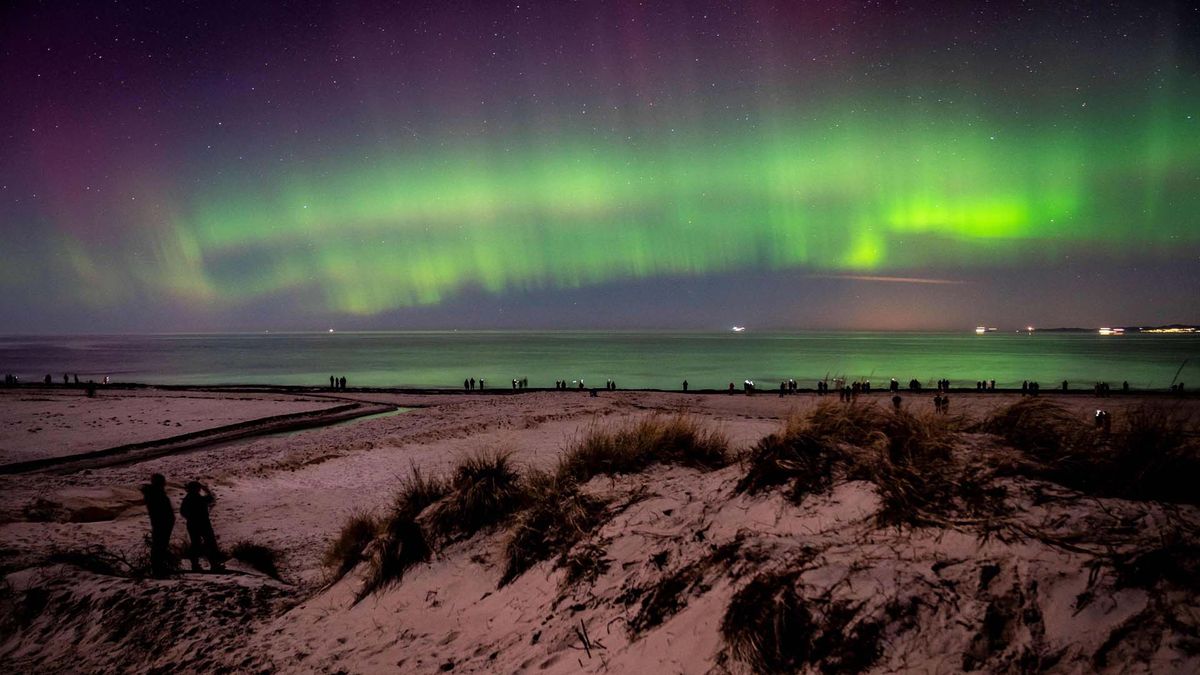February 2023 saw some of the most remarkable auroras in years, with the southern and northern lights appearing further from their usual haunts than ever before. The auroras were the result of a powerful solar storm that occurred recently, producing some unexpected sightings of the auroras in areas not usually accustomed to such displays. From California and Western Australia to the beaches of Denmark and the Netherlands, the auroras were a visual feast for stargazers and astrophotographers. Here, we explore this incredible natural phenomenon, what causes it, and some of the most extraordinary sightings from February 2023.
The aurora borealis, commonly known as the northern lights, and the aurora australis, or southern lights, are natural light displays in the sky, which occur when charged particles from the sun enter the Earth's atmosphere. The result is a spectacular display of colorful lights in the sky, often visible in polar regions, but occasionally appearing much further afield. February 2023 saw one of the most exceptional displays of auroras in years, with sightings in California, Western Australia, Denmark, the Netherlands, the UK, and France.
The Cause of Auroras
Auroras occur when charged particles of solar wind arrive at Earth in high quantities and interact with Earth's atmosphere. Solar wind consists mostly of electrons and protons released from the sun's upper atmosphere, the corona. When these particles carry a magnetic field that has the opposite direction than Earth's magnetic field, the two fields connect and channel the solar wind particles deep into the atmosphere.
Due to the nature of Earth's magnetic field lines, the particles tend to penetrate the deepest above the polar regions, which is why most auroras remain restricted within the polar circles. The G3 category solar storm that hit Earth on Tuesday (Feb. 28), however, delivered such a powerful solar wind blast that the auroral glow was observable as far south as California.
The Auroras of February 2023
The auroras of February 2023 were exceptional, producing some incredible sightings across the globe. Here, we explore some of the most remarkable sightings.
California
 | |
| Astrophotographer Shari Hunt was surprised to see aurora in her photographs of the Milky Way taken in California's Death Valley. (Image credit: Shari Hunt) |
At 36 degrees northern latitude, Death Valley in California is too far south for most aurora displays. However, the G3 storm that occurred on Feb. 28 produced auroras that were visible as far south as California. American astrophotographer Shari Hunt was surprised when she spotted a purplish glow in her picture of the Milky Way taken from California's Death Valley. Hunt had never seen an airglow like that before and was thrilled to capture such a stunning image.
Australia
Aurora visible from Island Point, just south of Mandurah tonight!
— Shelley⚓ (@wheresshelly) February 27, 2023
Was totally worth the effort!#Aurora #Perth #Mandurah pic.twitter.com/n0zA4jhKK0
The southern polar lights, also known as aurora australis, are usually visible only to researchers at science stations in Antarctica and the neighboring penguin colonies. However, this time, the southern lights spilled over as far north as Perth, Western Australia. At 32 degrees south latitude, Perth is a little farther north than Melbourne, Adelaide or Tasmania, none of which sees many aurora displays. According to a photographer who identifies as Shelley on Twitter, the glow was bright enough in Perth to be clearly visible to the naked eye.
Auroras from Space
 | |
| People watch aurora borealis, in central Stockholm, on Feb. 27, 2023. (Image credit: ALI LORESTANI/TT News Agency/AFP via Getty Images) |
Astronauts on the International Space Station enjoy aurora sightings quite regularly, and these views are always spectacular. Orbiting 248 miles (400 kilometers) above Earth's surface on average, the space station completes a lap around the planet every 90 minutes, thus providing its inhabitants with an aurora tour that none on Earth can experience. The aurora borealis during the last two days of February was so intense that it was visible even to weather forecasting satellites orbiting twice as high as the International Space Station. The NOAA-20 satellite captured a band of orange glow above the Atlantic Ocean on Sunday (Feb. 26) at 11:01 p.m. ET (0401 GMT on Monday, Feb. 27).
Aurora spectacle in the center of Stockholm
 | |
| People watch aurora borealis, in central Stockholm, on Feb. 27, 2023. (Image credit: ALI LORESTANI/TT News Agency/AFP via Getty Images) |
One of Europe's northernmost countries, Sweden enjoys polar lights regularly. Usually, however, they are not bright enough to light up the skies above the country's capital Stockholm, which, with a population of nearly one million, suffers from the usual urban ailment of light pollution.
But the polar lights of Feb. 27 and 28 were so intense that they rewarded even those completely lacking adventurous spirit. The green aurora glow was clearly visible right at the city's center, arching over the city's landmarks, including its famous city hall.
U.K. and France: Stonehenge, Mont-Saint-Michel adorned by auroras
The Northern Lights over Stonehenge last night 😲😍❤️💚💙💛 📷 credit by Stonehenge Drone scapes on FB#Aurora #auroraborealis #northernlights #stonehenge #stars #astro #OMG #beautiful pic.twitter.com/YNgROjYPr6
— Stonehenge U.K (@ST0NEHENGE) February 27, 2023
Virtually the whole of the British Isles enjoyed aurora displays on Feb. 27 and 28, although cloudy weather made the aurora chase in places more complicated.
A photographer based in Wiltshire in the south of England captured an image of the mesmerizing yellow and orange glow above the iconic Stonehenge monument, which was widely shared on Twitter.
France also got one of its greatest historical sights illuminated by the polar lights. Images show the spectacular medieval abbey Mont-Saint-Michel, located on an island in northwestern France's Normandy region, with a faint purplish glow in the background.
Aurora glow lights up Danish and Dutch beaches
Some my best #Aurora #Auroraborealis #poollicht shots from last night at the Netherlands
— Raymond Kamstra (@kamstra_raymond) February 27, 2023
-1st two shot at the same time 100 meters apart shows how close it was dancing in the sky (the beams tilted the opposite way)@helgavanleur @StormchaserNL @NoorderlichtNL
-Video comes later. pic.twitter.com/avg9uquahk
Dutch and Danish beaches provided an amazing viewing spot to experience the Feb. 27 and 28 auroras. The Netherlands is a little too far south for regular aurora displays, but this time, the auroras were visible all over the country.
Aurora makes it to London
Aurora Borealis not from from London. I took this picture just twenty minutes from Amersham tube @TamithaSkov @tomkerss @VirtualAstro @standardnews @skyatnightmag @BadAstronomer @jimalkhalili @MetroUK @AmershamNews @DrStuClark @BakerStAstro #Auroraborealis #NorthernLights pic.twitter.com/3Hsn1VHbo9
— skydivephil (@skydivephil) February 28, 2023
An unexpected aurora sighting was made by an astrophotographer identified on Twitter as @skydevphil, who managed to photograph bands of green and purple glow from the outskirts of the U.K.'s capital London.












0 Comments